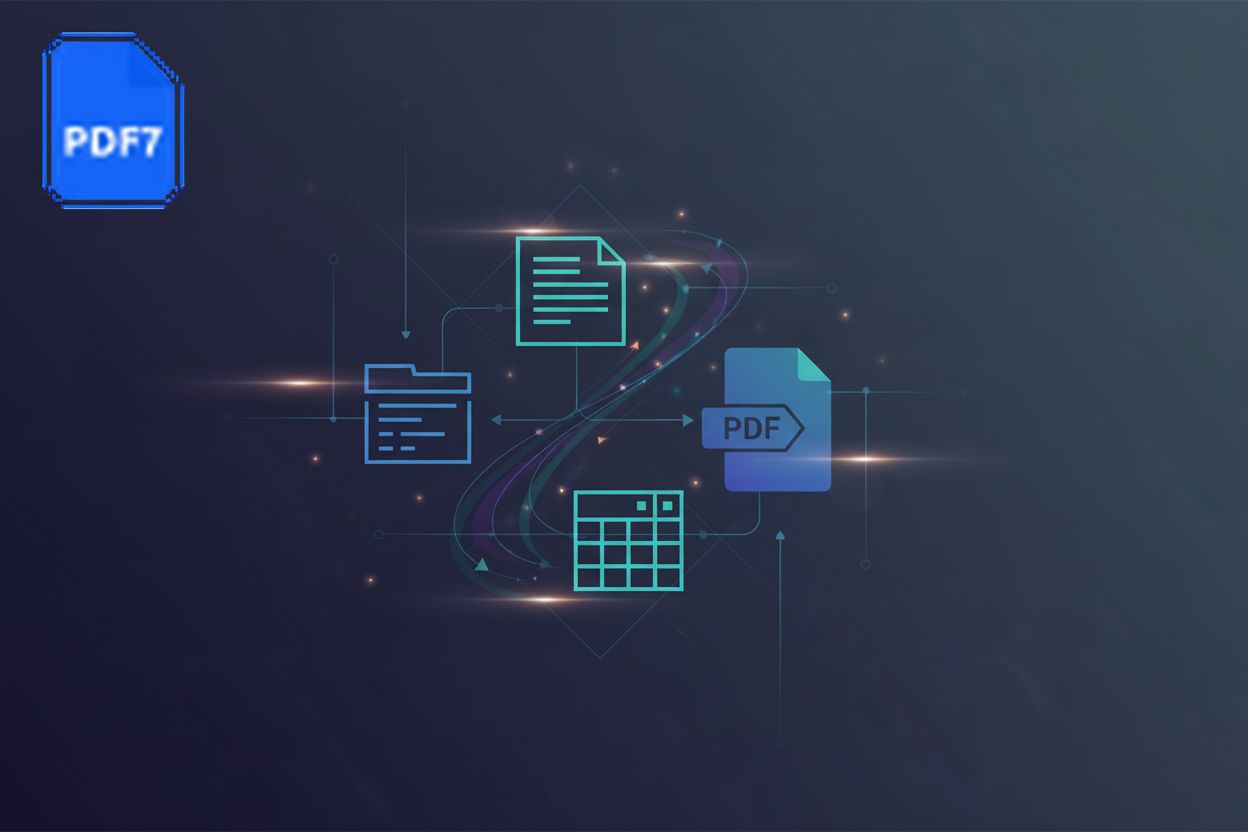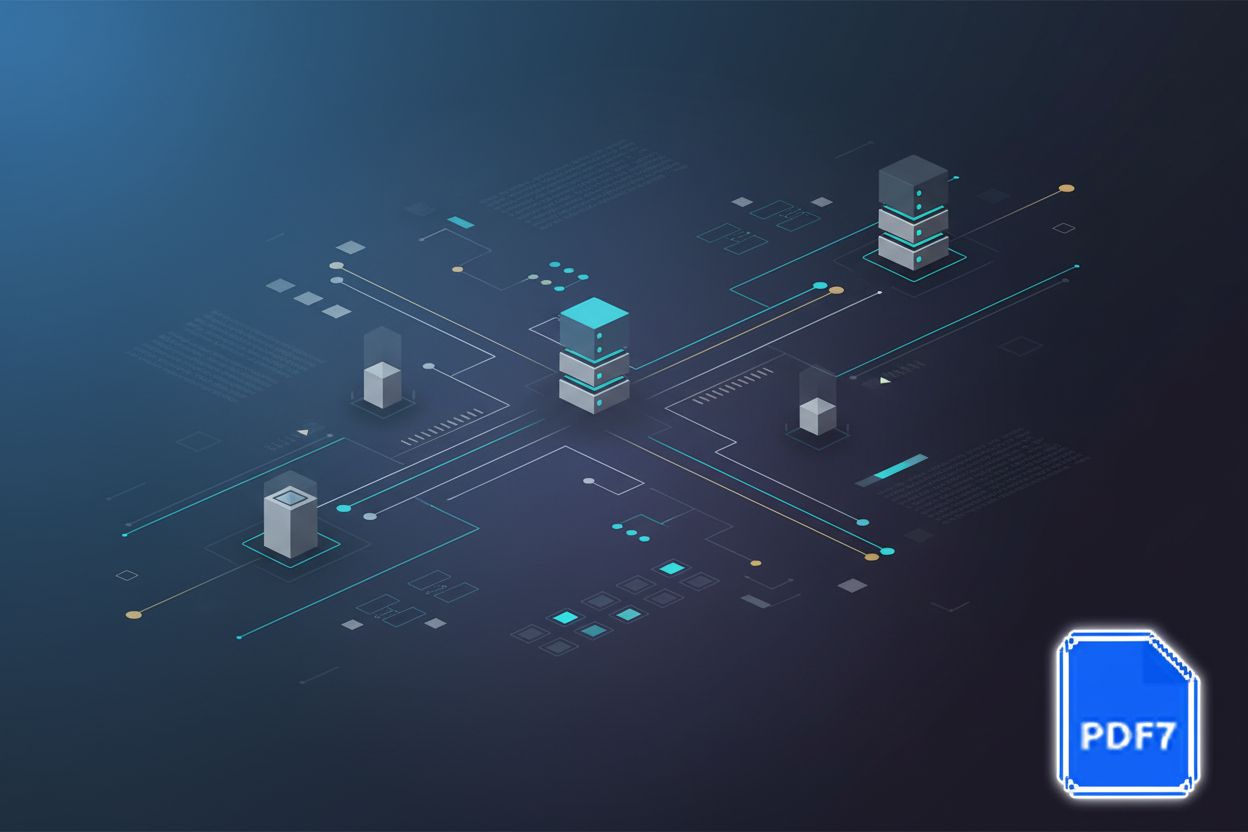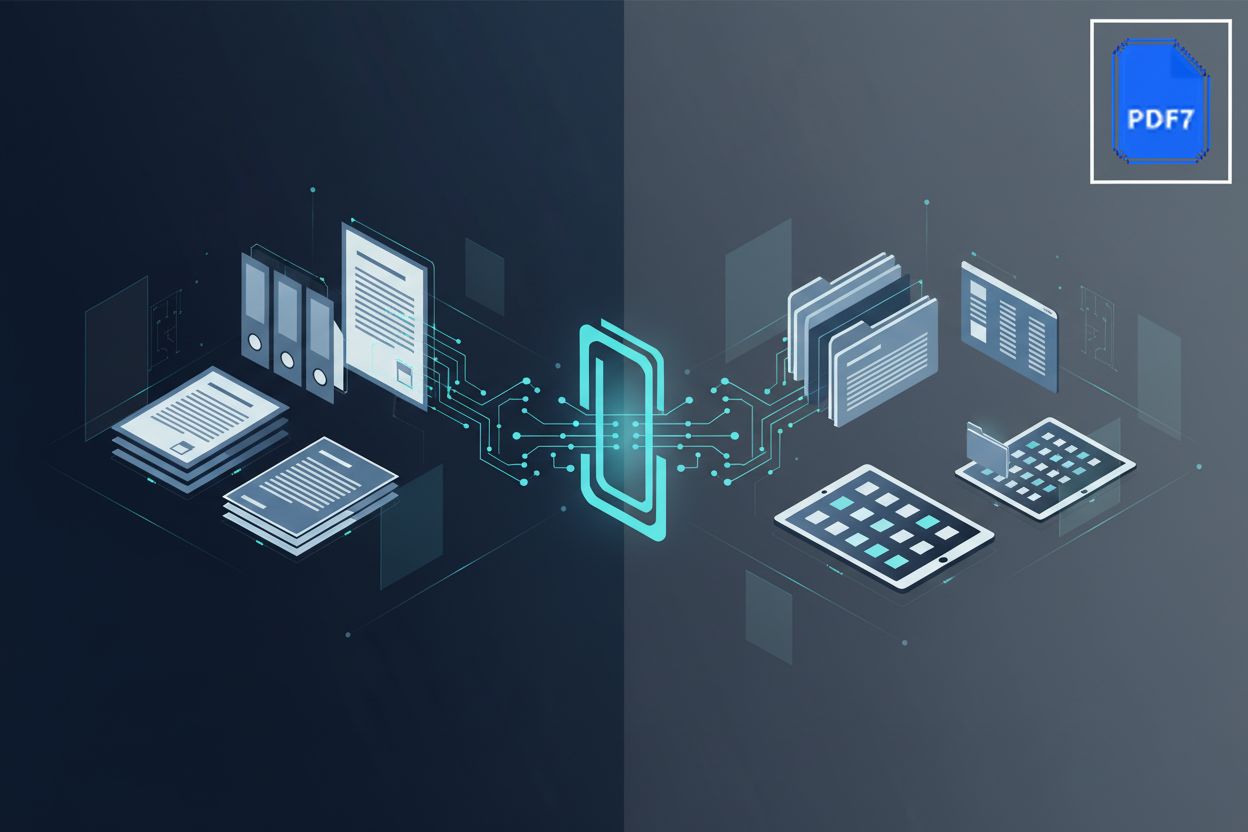How to Cut and Paste Sections of a PDF Document
TL;DR
Introduction to Linking and Linkers
Ever wondered how your code actually becomes something you can run? Linking is a big part of that, and it's honestly kinda magical.
Here's the deal:
- Linking is all about stickin' together different pieces of code, like, object files, into a single, runnable program. Object files are like pre-compiled chunks of your code, generated by the compiler from your source files (like .c or .cpp). They contain machine code but aren't quite ready to run on their own yet.
- It also sorts out any address and symbol confusions, so everything knows where it should be. Symbols are basically names for things in your code, like function names (e.g.,
calculate_sum) or variable names (e.g.,user_count). When one piece of code needs to use a function or variable defined in another, the linker figures out where that symbol actually lives in memory and connects the dots, resolving any address conflicts so everything lines up correctly. - Basically, linking is the final step in the compiling process – it makes your program go! Before linking, your code usually goes through compilation (turning source code into assembly) and then assembly (turning assembly into those object files). Linking then takes these object files and ties them all up.
Let's get into how this all works.
Introducing LLD: The LLVM Linker
So, you've heard of linkers, right? But have you met lld? It's not your grandpa's linker, that's for sure.
lld is basically the LLVM project's take on a linker. The LLVM project is a big deal in the compiler world – it's a collection of modular and reusable compiler and toolchain technologies that power many modern development tools. And lld slots right in. It's all about being:
- Fast: Like, really fast. It aims to significantly cut down on linking times, especially for larger projects. Think less waiting, more coding!
- Modern: It's got a cleaner codebase than some of the older linkers out there, which should make it easier to maintain and extend.
- Multi-Platform: lld isn't picky; it wants to play nice with different architectures and systems.
It's also open-source and has a growing community around it, so you can jump in and contribute, or just benefit from everyone else's hard work.
Okay, so what's the big deal about speed? Well, imagine you are working on a massive video game, and every time you make a small change, you have to wait ages for it to link. lld can help shorten that wait, making development way smoother.
Next up, let's dive into the cool features and advantages lld brings to the table.
LLD vs. Traditional Linkers: A Detailed Comparison
Okay, so you're probably wondering - is lld really that much better than the old-school linkers? Let's break it down.
Performance: lld is built for speed, plain and simple. It uses more efficient algorithms and data structures that can drastically cut down on link times, especially in large projects. Think of it like this: traditional linkers are like taking a horse and buggy across town, while lld is like hopping in a sports car.
Memory Management: It's not just about speed, it's about being lean. lld generally uses memory more efficiently than older linkers. This can lead to lower resource consumption during the build process, which is always a plus.
Feature set: Now, feature-wise, lld aims to support all the important stuff. However, depending on the specific platform or use case, you might find that a traditional linker has some niche features that lld is still catching up on. For example, some older linkers might have very specific, low-level control over section placement or symbol interposition that lld might not expose in the same way yet. It really depends on your specific needs though.
It's worth keepin' in mind that the differences can vary based on the size and complexity of your project, and, of course, the specific linker you're comparing it to. Next up, we'll explore how to integrate LLD into your projects.
Using LLD in Your Projects
Okay, so you're sold on lld, right? Now, how do you actually use it? Turns out, it's not as scary as you might think.
Build Systems are Your Friends: lld plays nice with build systems like CMake and Make. Configuring these to use lld is usually pretty straightforward; it often involves setting a few variables.
Flags and Options: lld has a bunch of command-line flags to tweak its behavior, like optimizing for size or speed. Experimenting with these can give you some serious performance boosts. For instance,
-Ocan control optimization levels, and flags like--gc-sectionscan help strip unused code, potentially shrinking your final executable and speeding up linking.Real-World Example: Imagine a game development studio. They're probably using CMake. To integrate lld, they'd modify their CMakeLists.txt file to specify lld as the linker. For example, they might set
CMAKE_LINKERtolldor use toolchain files to direct CMake to use lld. BOOM, faster builds!
So yeah, getting lld into your workflow isn't too hard, and the benefits are worth it. Next up, we'll look at the future of LLD and linking.
The Future of LLD and Linking
So, what's next for lld and linking in general? Well, it's not gonna stay still, that's for sure. Things are always changing in software development, right?
Future plans for lld: The LLVM community is constantly working on lld. Expect to see even better support for new architectures, improved optimization techniques, and tighter integration with other LLVM tools. For example, closer ties with Clang (the LLVM C/C++/Objective-C compiler) could mean more seamless build pipelines, and better integration with LLDB (the LLVM debugger) might offer more powerful debugging experiences. It's all about making it faster, more reliable, and easier to use.
New features and optimizations: Keep an eye out for new features aimed at reducing link times even further. They are always trying to make lld more efficient, and that means faster builds for everyone.
Community contributions and roadmap: Being open-source, lld thrives on community input. Developers are encouraged to contribute code, report bugs, and suggest new features. The roadmap is shaped by those contributions, making lld a tool that evolves with the needs of its users.
Shaping the future of linking: lld is pushing the boundaries of what's possible with linking. Its focus on speed and modern design is influencing other linkers and build tools. We're seeing trends like parallel linking becoming more common in other tools, a direct result of lld's success in this area.
Impact on build performance: lld has a direct impact on developer productivity. Faster link times mean less waiting around and more time spent coding. This can be a game-changer for large projects where linking is a bottleneck. Imagine a retail company compiling their e-commerce platform way faster! E-commerce platforms often have massive codebases with numerous dependencies and microservices, making the linking stage a significant time sink during development and deployment.
Increasing adoption: More and more organizations are adopting lld as their linker of choice. Its benefits are becoming increasingly clear, and its integration with popular build systems makes it an easy choice.
lld isn't just a linker; it's a glimpse into the future of software development. Its gonna keep chugging along and getting better.





